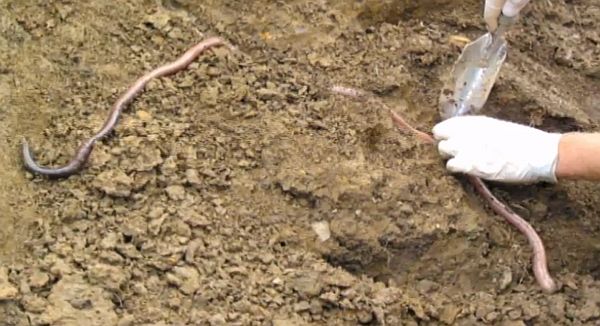

The Lumbricidae are distinguishable from other earthworm families in having the openings of the male reproductive ducts on segment 15 (counting from the head end), well in front of a glandular swelling on the skin, called the clitellum.

Once introduced into a new area, they have an amazing ability to breed rapidly and colonise their new home, often surpassing the original native species. Today this family is known from all over the world and such earthworms are called 'peregrine' species because of their great ability to travel from place to place. The Lumbricidae are native to Britain and other northern temperate countries in North America and Asia. Native species are primarily found in undisturbed areas but some can tolerate cultivation and a few species persist in deserts. They tend to be more numerous in the wetter, more heavily vegetated areas. In Australia, earthworm populations consist of native and introduced species from a total of eight families:Īustralian natives are estimated to total 1,000 species belonging to three of these families (marked with an asterisk), while the 80 or so introduced species, have representatives from all eight.Įarthworms are found in soils, leaf litter, under stones and logs, and sometimes in trees. Worldwide, approximately 6,000 species of earthworms are described in 20 families. Worldwide, approximately 6,000 species of earthworms are described in 20 families, eight of which are represented in Australia.


 0 kommentar(er)
0 kommentar(er)
